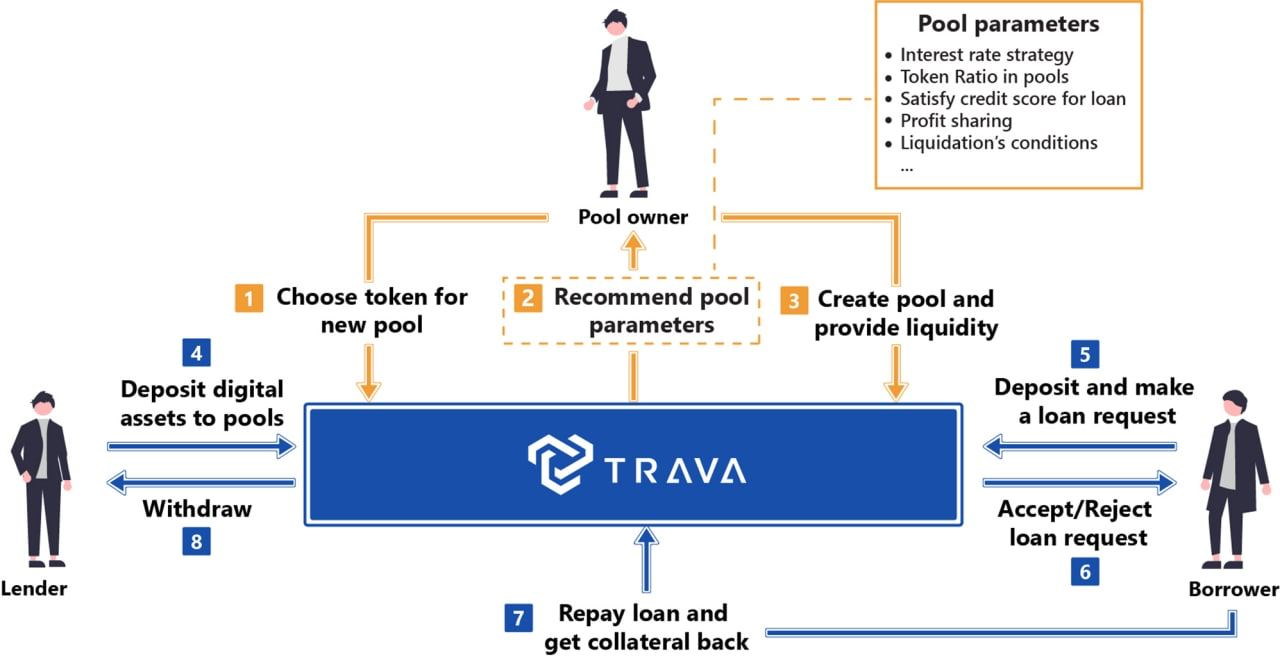Understanding the Loan Cost Ratio: How to Evaluate Your Borrowing Expenses Effectively
#### What is Loan Cost Ratio?The **loan cost ratio** is a crucial financial metric that helps borrowers assess the total cost of a loan relative to the amou……
#### What is Loan Cost Ratio?
The **loan cost ratio** is a crucial financial metric that helps borrowers assess the total cost of a loan relative to the amount borrowed. It encompasses various elements such as interest rates, fees, and other associated costs. By calculating the loan cost ratio, borrowers can make informed decisions about which loans are most affordable and suitable for their financial situation.
#### Importance of Loan Cost Ratio in Financial Planning
Understanding the **loan cost ratio** is essential for effective financial planning. It allows individuals and businesses to compare different loan offers and choose the one that minimizes costs. A lower loan cost ratio indicates that the loan is more affordable, while a higher ratio suggests that the borrower will pay more in interest and fees over the life of the loan. This metric is particularly useful when considering loans for significant purchases, such as homes or vehicles, where the total cost can vary significantly between lenders.
#### How to Calculate Loan Cost Ratio
To calculate the **loan cost ratio**, you will need to gather information about the total costs associated with the loan, including:
1. **Interest Rate**: The percentage charged on the principal amount borrowed.
2. **Fees**: Any additional costs such as origination fees, closing costs, or service fees.

3. **Loan Amount**: The total amount you are borrowing.
The formula for calculating the loan cost ratio is as follows:
\[
\text{Loan Cost Ratio} = \frac{\text{Total Loan Costs}}{\text{Loan Amount}} \times 100
\]
This calculation provides a percentage that reflects the total cost of borrowing relative to the loan amount. A lower percentage is generally more favorable.

#### Factors Affecting Loan Cost Ratio
Several factors can influence the **loan cost ratio**, including:
- **Credit Score**: Borrowers with higher credit scores typically qualify for lower interest rates, which can reduce the loan cost ratio.
- **Loan Term**: The length of the loan can affect the total interest paid. Shorter terms may have higher monthly payments but lower total costs.
- **Market Conditions**: Economic factors, such as inflation and central bank interest rates, can impact the interest rates lenders offer.
#### Comparing Loan Offers Using Loan Cost Ratio

When you receive multiple loan offers, calculating the **loan cost ratio** for each can help you identify the most cost-effective option. For example, if one lender offers a loan with a lower interest rate but higher fees, and another offers a higher interest rate with lower fees, the loan cost ratio will help you determine which option is more economical in the long run.
#### Conclusion
In summary, the **loan cost ratio** is an invaluable tool for anyone considering borrowing money. By understanding and calculating this ratio, borrowers can gain insights into the true cost of their loans and make more informed financial decisions. Always remember to consider all aspects of a loan, including interest rates, fees, and personal financial circumstances, to ensure that you choose the best option available.